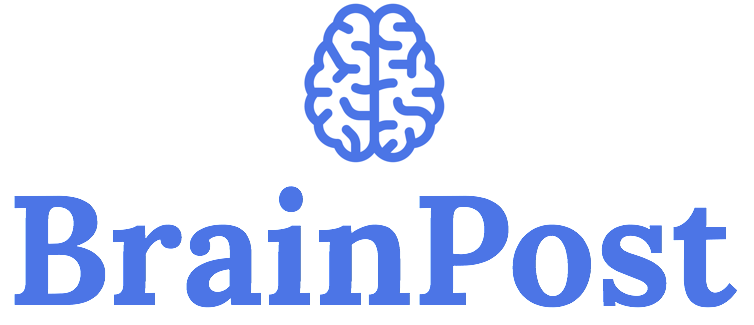Neurons Driving Sugar Consumption
Post by Lila Metko
The takeaway
A population of neurons in the hypothalamus with a well-established function in satiety, the sensation of being full, may have another important role. This research suggests that pro-opiomelanocortin (POMC) neurons in the hypothalamus signal to another brain region to drive sugar consumption in states of fullness.
What's the science?
There is a drive present in both humans and many animal species to consume high amounts of sugar even after a substantial meal. Understanding the neurobiological mechanism behind this drive could assist with the production of effective obesity therapeutics. It is well understood that the activation of POMC-projecting neurons in the hypothalamus promotes satiety in a fed state. However, POMC is also a precursor for the neuropeptide b-endorphin that acts on a specific receptor, the mu opioid receptor, to stimulate appetite. This winter in Science, Minère and colleagues measure and manipulate activity in hypothalamic POMC neurons during both standard and high sugar consumption after a meal to investigate their role in the drive to consume sugar.
How did they do it?
The authors first investigated which regions in the brain had both high amounts of mu opioid receptors and POMC. They used fluorescence in-situ hybridization, a technique that reveals the number of nucleic acid sequences coding for a protein of interest, for the receptor and immunohistochemistry, a detection technique for visualizing cellular components, for POMC. They found that a region with both was the paraventricular nucleus of the thalamus (PVT), a brain region important for feeding and motivated behavior. They then optogenetically activated POMC neurons from the hypothalamus and recorded activity in the PVT under control and different receptor blocker conditions to determine how POMC neurons affect PVT activity and which receptors may be involved. Next, they recorded activity in this circuit (hypothalamic POMC neurons to thalamic PVT neurons) during post-meal high-sugar food consumption or post-meal standard chow consumption to determine if specifically sweet foods were associated with changes in circuit activity. Additionally, the researchers tested if activation of the circuit under control and/or opioid receptor blocker conditions affected general flavor preference to control for potential confounds of sweet taste and post-ingestive sugar sensing. Next, they tested if circuit activation affected conditioned place preference, a preference test that is not associated with food consumption. They then investigated how chemogenetic inhibition of the circuit affected flavor preference (high-sugar food vs standard chow). Next, they used fiber photometry to record circuit activity in response to a high-sugar diet and high-fat diet cues, to determine the circuit's role in different fed-state macronutrient preferences. Finally, they used functional magnetic resonance imaging (fMRI) to examine PVT activity in humans during the consumption of sugar to see if a similar circuit may exist in humans.
What did they find?
Activation of POMC neurons decreased the firing rate of neurons in the PVT when being exposed to blockers of other neuromodulators but not blockade of the mu opioid receptor. This suggests that signaling from POMC neurons to the PVT is via the mu opioid receptor and that this results in inhibition. Post-meal consumption of high-sugar food brought about an increase in the activity of POMC neuron terminals in the PVT while consumption of a standard chow diet post-meal did not, which suggests that the high-sugar diet brings about an increase in the activity of POMC neurons that project to the PVT. Activation of the circuit did affect general flavor preference conditions but not when mu-opioid receptor blockers were present. However, the circuit’s activation did not affect conditioned place preference, suggesting that the circuit is dietary preference specific. Inhibition of the circuit changed the length of time for a mouse to start showing a preference for a high-sugar diet. Fiber photometry data showed that, while both brought about an increase, high-sugar diet cues increased POMC to PVT activity more than high-fat diet cues. Additionally, fMRI data showed that activity level in the human PVT is decreased by sugar consumption. This suggests that a similar circuit may exist in humans.
What's the impact?
This study found that hypothalamic POMC neurons projecting via opioid signaling to the PVT are involved in sugar consumption in fed states. Importantly, it sheds light on a brain circuit that may be involved in compulsive or binge eating. According to the World Health Organization obesity is a global epidemic that is a risk factor for many health conditions such as diabetes mellitus, cardiovascular disease, and stroke. These findings could help researchers develop potential therapeutics for obesity.


